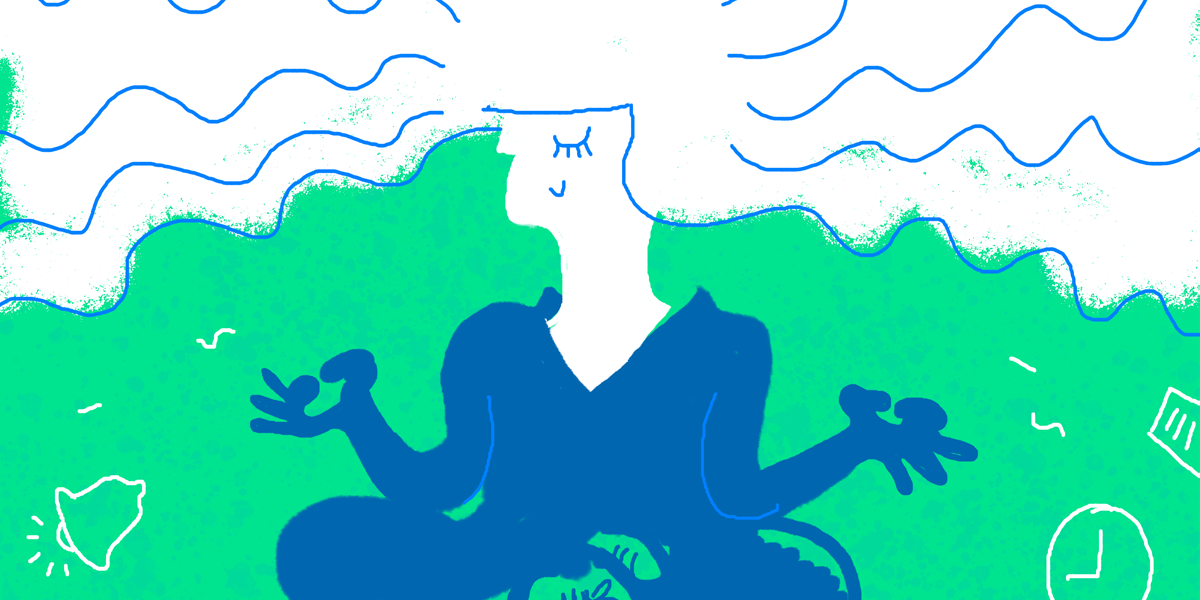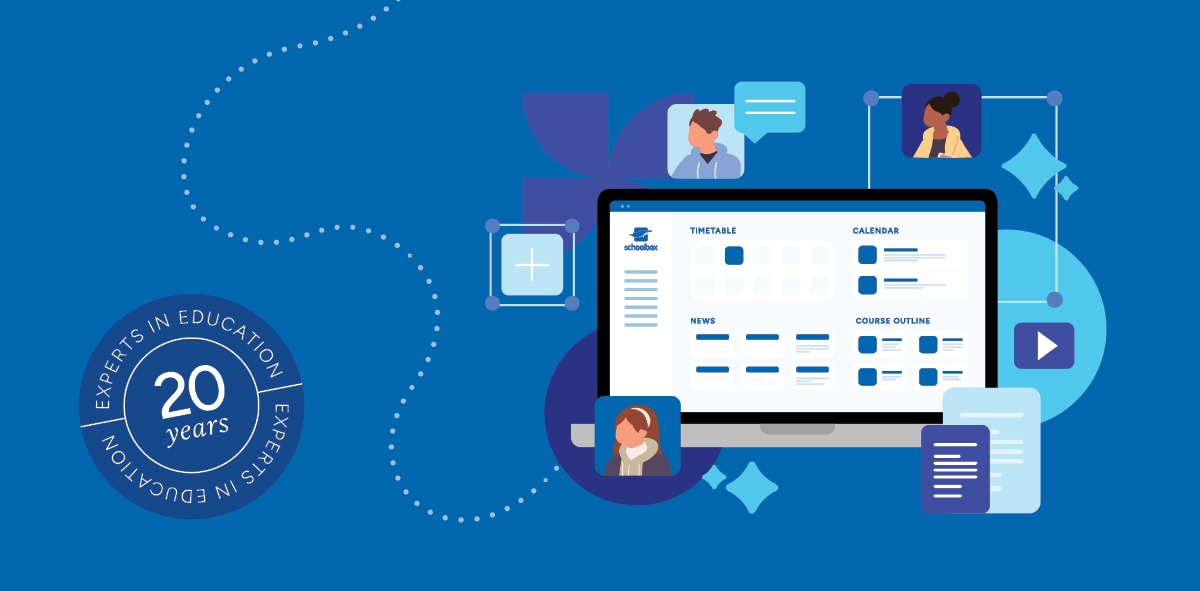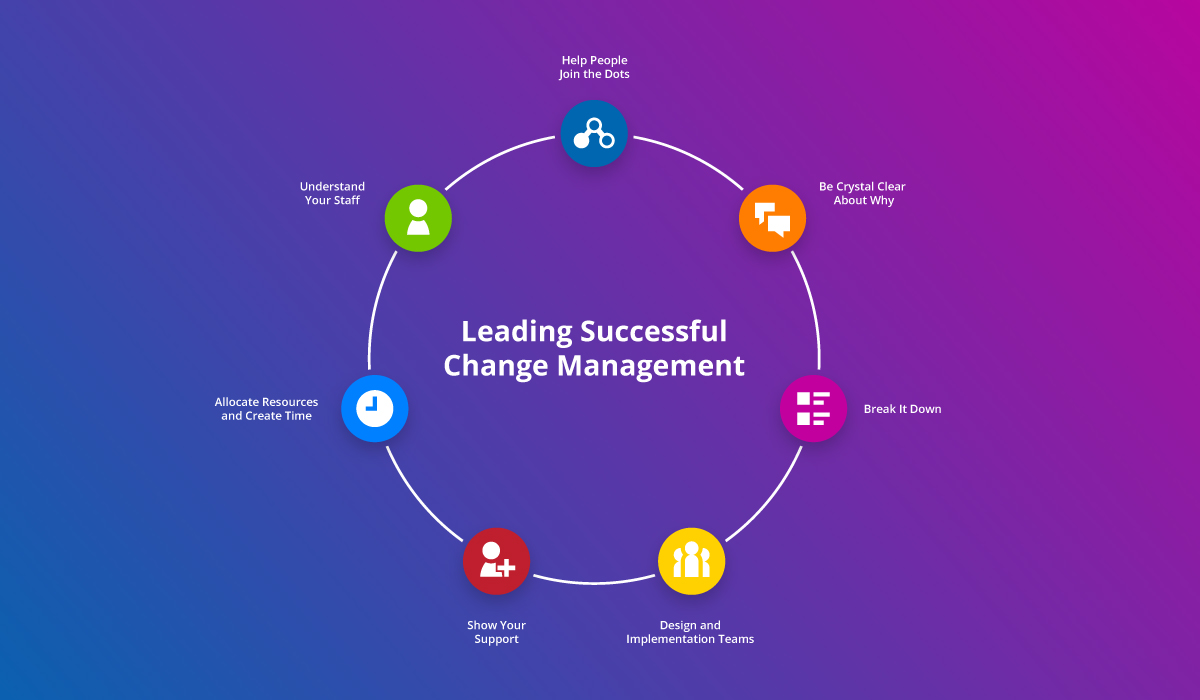Andrew Fuller is a clinical psychologist committed to supporting young people create futures that they can fall in love with. Having worked with schools across Australia, NZ, Asia and the UK; Andrew identifies resilience as “the happy knack of being able to bungee jump through the pitfalls of life—to rise above adversity and obstacles”. Andrew’s recent books include “Your Best Life At Any Age” and “Unlocking Your Child’s Genius”.
Resilience is the art of flexibility, responding to whatever life throws at you.
Times of change and uncertainty unsettle even the most confident students. With very little notice and not much chance to plan, we’re all catapulted into a new world.
But with crises, comes opportunities. Alongside the stress and sadness—people become innovative, flexible and creative when circumstances change. This is the very heart of resilience.
Now is the time for us all to capitalize on the lessons and the opportunities.
To do this, let’s consider the five stages of a learning day (whether at home or at school) and explore what students need to thrive.
Stage 1: Forming at the start of the day
A student’s ability to start a learning day well has its origins in the hours before.
The dreams they have, especially after 3am, are the brain’s ‘night-stock’ time. Memories are sorted and firmed up, creative linkages are made and immune systems are strengthened.
Being sleep deprived converts students into learning zombies.
The first half hour after waking, performance is woeful so this is not the time to make major decisions (or do risky things). Give students time to ease into the day before starting learning.
Young people are easily bothered by distractions in the early morning much more so than in the afternoon. So lessen the distractions and don’t multi- task.
Breakfast
Brains run on energy. Breakfast should be high protein-low carbohydrate to kick-start mood and concentration. Possible options include protein shakes, smoothies with berries, an omelette and a glass of milk. Avoid juices and muffins. Consider taking a good quality multi-vitamin and 1000 mg of fish oil.

Pack some water, the remaining— a smoothie, a few handfuls of almonds and a turkey and salad roll to take with you, for the day.
Some students resemble sloths on a long service break most mornings, usually alarming their parents. So, adding a family drama into the mix doesn’t add to the success of the learning day.
Trust your teachers. A student who looks almost comatose will often brighten and attend as soon as they are with peers (even virtually) and lessons begin.
Stage 2: Storming in the morning
Just when it all seems to have started well, the wheels often fall off. Brains that were learning new concepts can struggle as they hit a bump in the learning road and lose momentum. Anxiety increases. Avoidance may arrive as a coping mechanism. Motivation plummets. Distractions surge. Grumbling can be heard.
Less is more at this time. Brains love new ideas and experience but aren’t so fond of hard slogs. Keep the new knowledge short and sharp, followed by hands-on experiences of trying out ideas.
Stage 3: Norming around morning tea time
This is the time of the day when parents’ views about learning come to the fore. We know lots of learning happens outside of school and the attitudes students have about themselves as learners are mainly formed at home.
It is easy to think about academic results without considering what leads to those outcomes.
Three key building blocks predict long-term success and academic results:
- emotional regulation
- motivation
- academic self-efficacy
These are all factors that parents make a powerful impact on.
Emotional regulation is the ability to calm yourself down when you are upset and rev yourself up when you feel dejected. This helps you succeed in careers, in relationships and keeps you on track in the senior years of school. This is keeping students’ emotional ‘ship’ steady. Calm, kind parenting.
Motivation is a slippery commodity that is largely driven by passions and experiencing success. Unsurprisingly, we are more motivated in areas where we taste the sweet fruits of success and less so in areas we find dull and difficult.
Little kids have an enormous motivation for learning and then as they get older, it often lessens. Parents who have watched their child’s interests and passions over the years can use this time to rekindle motivation.
Academic self-efficacy is the belief that students have that they can do well. Students who feel they can be successful are more likely to succeed.
We used to think that helping young people to feel generally good about themselves (self-esteem) would create improvements in school results. While no one wants students to feel badly about themselves, we found the reverse is true; if we can help young people identify their learning strengths and believe they can be successful, their well-being increases.
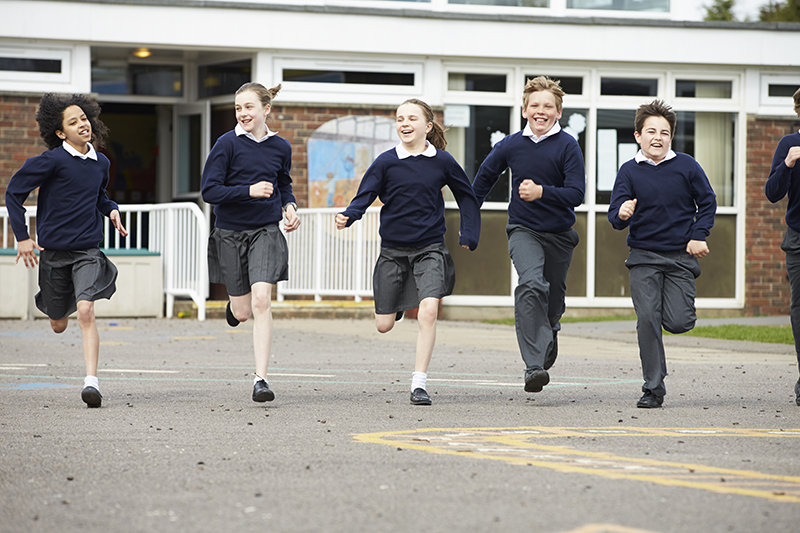
Learning strengths
Finding learning strengths provides a new norm for learning. The norm here is that ‘everyone gets smart’ but everyone will be smart in different ways because they have different and unique brains.
By obtaining a full learning strengths report outlining a detailed pattern of learning strengths, you will be able to gain detailed strategies to assist you and your child towards success.
A comprehensive learning strengths report includes a detailed analysis of:
- Spatial reasoning
- Perceptual and motor skills
- Concentration and memory
- Planning and sequencing
- Thinking and logic
- People smarts
- Language and word smarts
- Number smarts
Stage 4: Performing in the middle of the day
Late morning until the early afternoon is peak learning time, especially for older children and teenagers. This is the time to tick off the big items on the daily to-do list.
There are two golden rules for this stage of learning:
- Do the tough stuff first. Mark Twain once said, ”If your job is to eat two frogs, eat the big one first”. If there are challenging tasks to do, try to get them done now, starting with the hardest one.
- If you get stuck—shift, don’t stop. When we tackle hard jobs, we often get stuck. Rather than downing tools all together, shift back to something easier or rewarding. Pick up an increase of dopamine on the way, sustain your momentum and when you come back to the harder job, you will often find it isn’t as daunting as it first appeared.
Stage 5: Adjourning and Applying
The wind-down of the afternoon is best used for applying knowledge and skills acquired earlier in the day. My research shows that most students experience a down-time around 2.30pm. This is the time they will learn least in the day. Their focus is scattered and their energy is depleted and even an afternoon snack does little to raise their intellectual acuity.
2.30pm
This is the best time to do hands-on learning. Considering transfer of learning (how an idea can be useful in multiple settings) helps. Nothing is as powerful as physically trying to apply ideas at this time.
For example, if concepts such as area, length, width, diameter and circumference were learned in the morning; the late afternoon could be used to measure the area of a back yard or of the living room.
4.00-6.00pm
Between 4 and 6pm is a great time to exercise and socialize.
Dinner should be lighter than lunch and at least 3 hours before bedtime. It takes about 50% longer for the stomach to empty dinner than lunch. Sit quietly 5 minutes after you finish eating then if you can, walk for 15 minutes
After 6.00pm
In the evening, commence the wind down for the day. Soak in a warm bath. An hour or so before bed, lower the lights—use lamps, sip herbal tea or create to-do lists for tomorrow.
If your student is in the senior years of school, listening to an audio recording or podcast of key information for about 20 minutes can help retention of knowledge.
Get enough sleep to feel refreshed in the morning. The sleep cycle occurs every 90-120 minutes. Try to catch it.
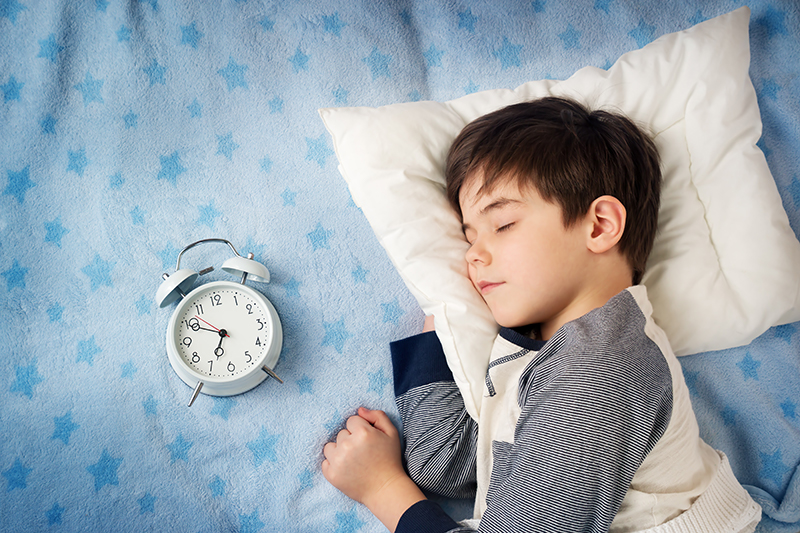
None of us are Perfect
The ideas in this blog are outlined as suggestions. None of us—students, parents or teachers—are perfect so there will always be days where we just can’t implement plans as well as we’d like but hopefully if we at least know what we are aiming for, it gives a great chance of helping our students during these challenging times.
